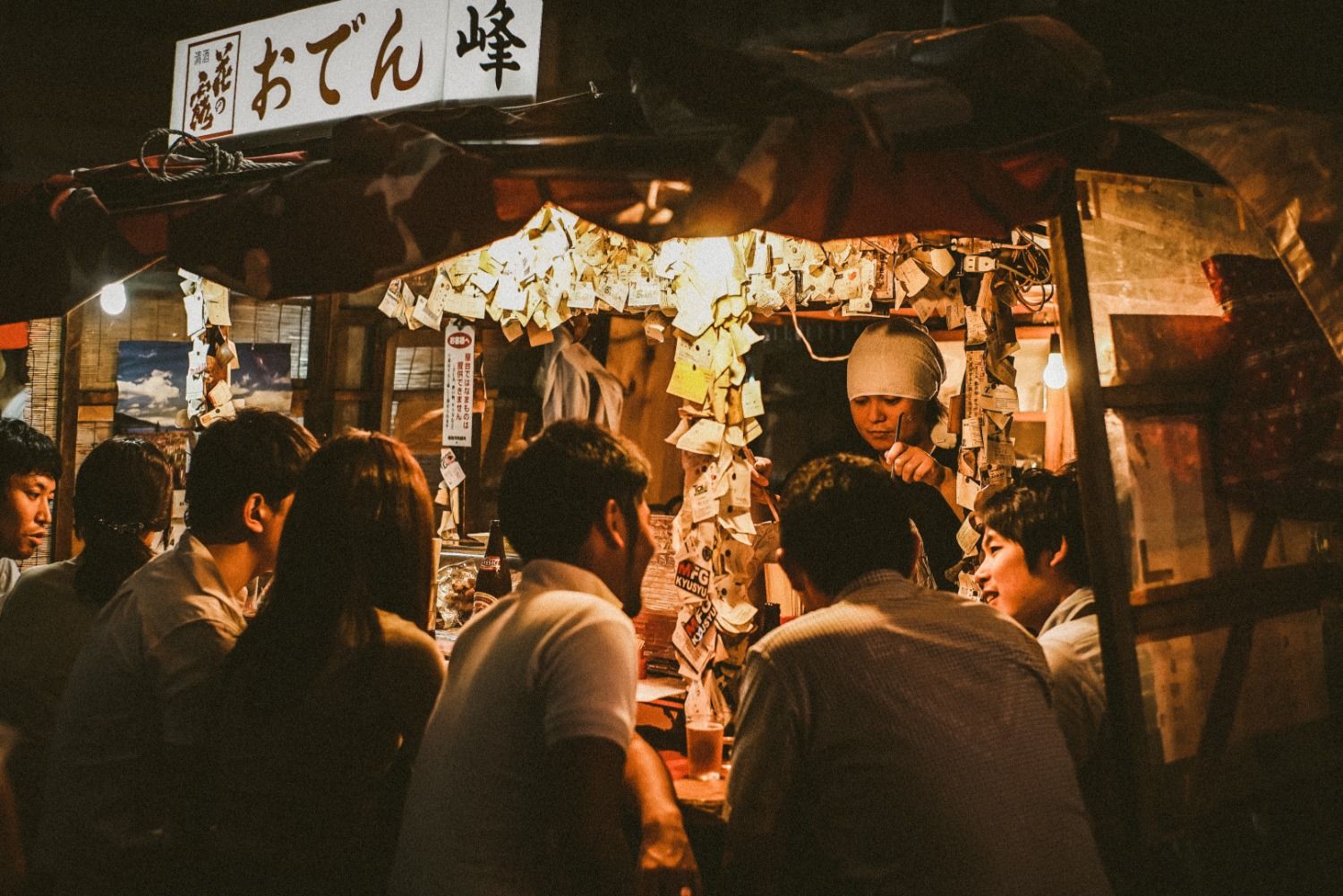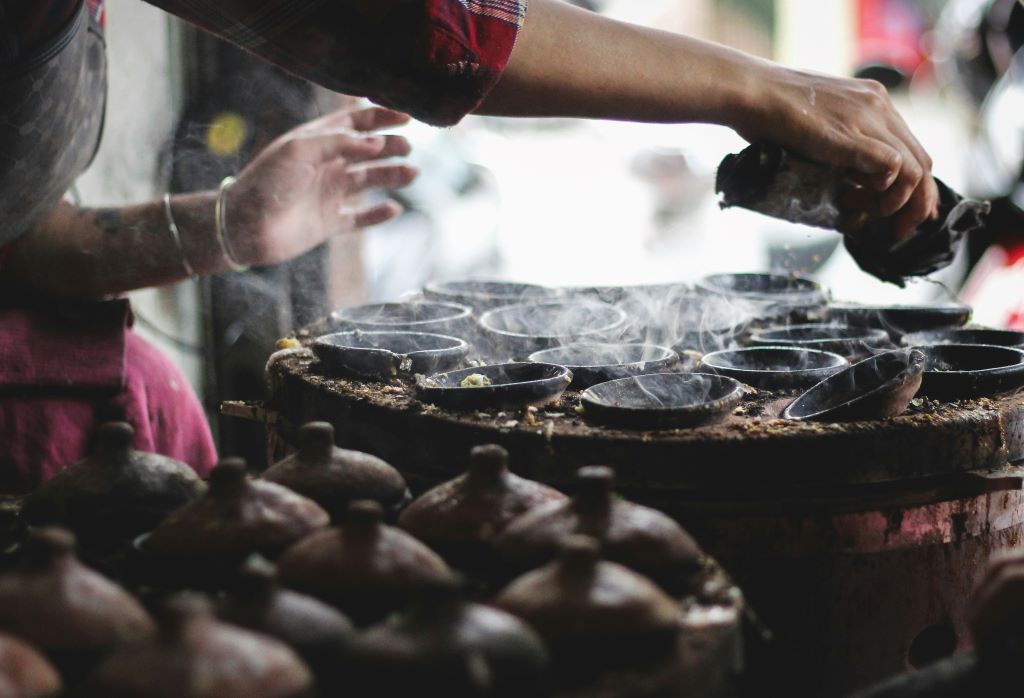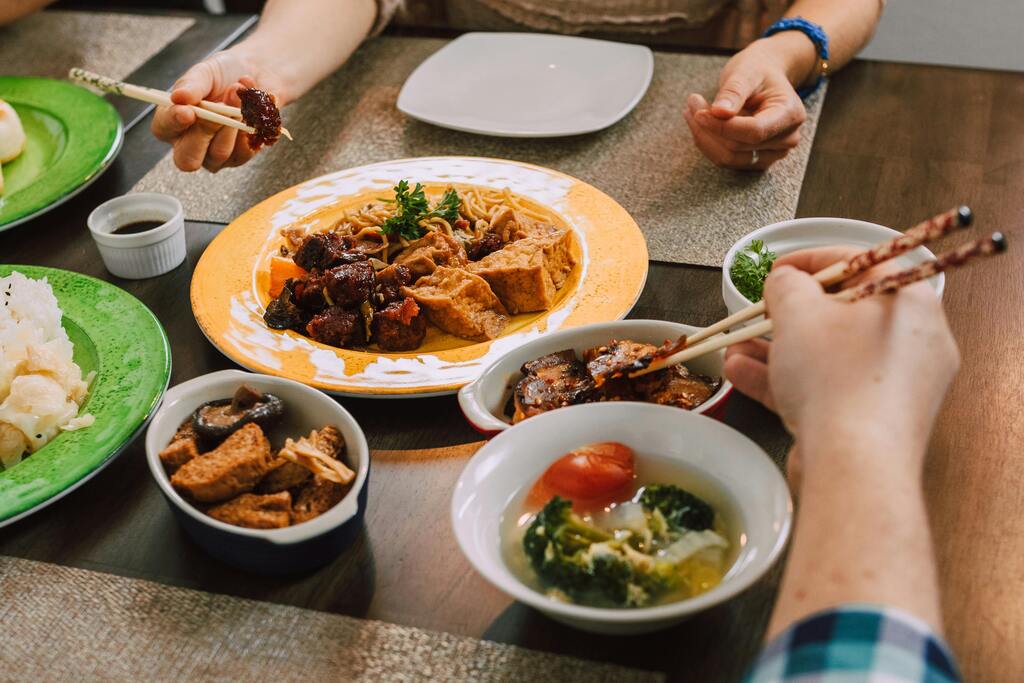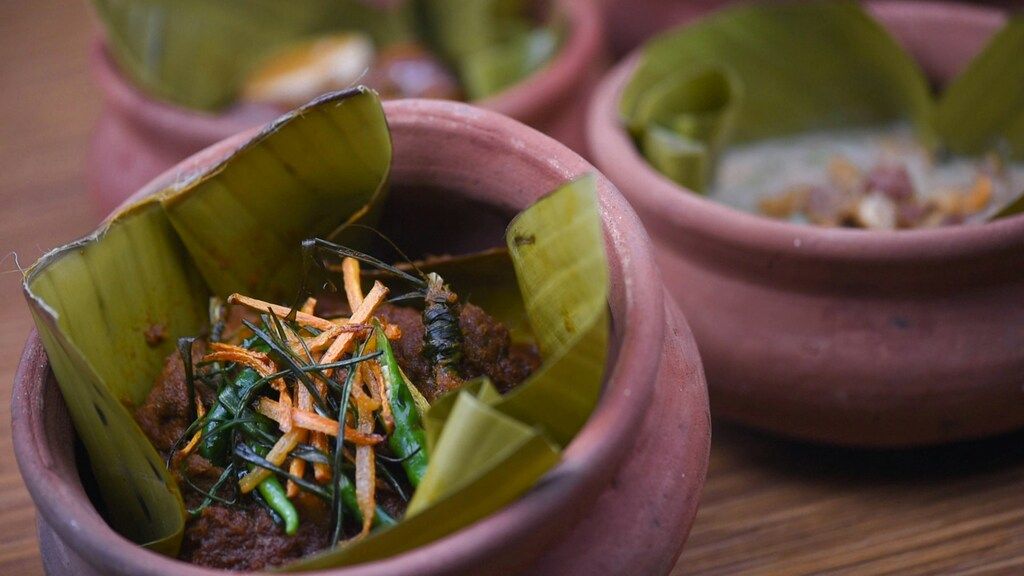

Filipino food cuisine is a feast for the senses. It is the product of the Philippines’ rich history and combines the country’s indigenous traditions with influences from Asian neighbours. Filipinos have rich taste palettes that cover sweet, salty, sour and spicy. There is literally something for everyone — from sweet tooth to pepper tongues!
So, whether it’s your first time trying out Filipino food cuisine or you’re planning to visit the Philippines, make sure to explore Filipino food and dishes.
Don’t just rely on your nose to lead the way. Let this list of 10 popular Filipino food cuisines be your guide down some gastronomic delights.
Adobo: The unofficial national dish of the Philippines
Walk into a Filipino home and chances are the zingy scent of adobo will be in the air. Traditional Filipino cuisine builds on this dish as its bedrock: cooks marinate meat and cook it in vinegar and soy sauce with bay leaves and peppercorns.
But it’s not just the comforting mix of flavours that makes adobo stand out, it’s the way it extends shelf life, too. People developed this way of cooking meat as a method of food preservation long before refrigerators existed.
Each Filipino family has their own rendition of adobo. Some make it with coconut milk, making it slightly creamy. Others like it as a crispy, no-sauce dish.
The beauty of adobo is in its adaptability. Cooks can turn chicken, pork, seafood, and even vegetables into adobo.
The perfect balance of salty, sour and savoury that encapsulates Filipino food cuisine in one simple dish.
It’s the slow cooking of the meat that allows it to absorb all the flavours. Leaving you with tender meat and a luscious, slightly sticky sauce.
Adobo is the epitome of Filipino resourcefulness and innovation. It is a testament to the indomitable creativity behind a cuisine that can turn simple ingredients into a feast.
And just like the many islands of the archipelago, there are many variations of the dish. In the north, it tends to have more soy sauce; in the south, coconut milk or cream and sometimes turmeric, go into the dish.
Filipino immigrants bring adobo with them wherever they go. It’s a kind of culinary ambassador for Filipino foods on the global stage.
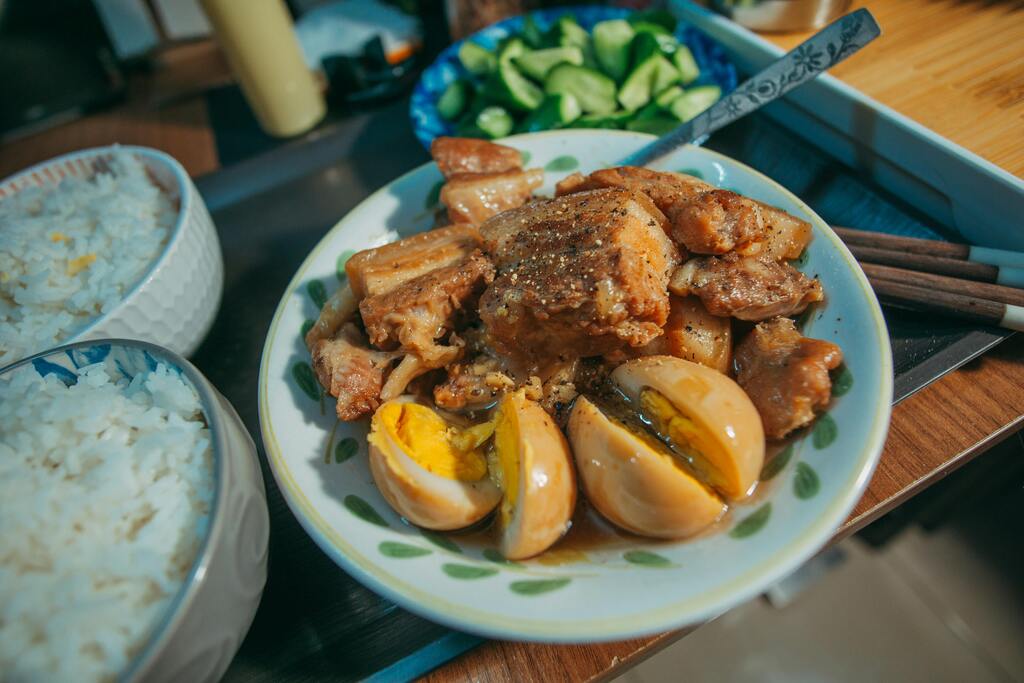
Sinigang: A comforting sour soup
A hot bowl of sinigang seems just like the thing to eat when a Filipino needs a bit of cheering up. This sour soup represents the Philippines’ fondness for sour dishes.
Cooks traditionally use tamarind as the classic souring agent in this dish, but depending on the region, they may use guava, calamansi, or kamias instead.
The broth contains tender meat — often pork ribs, fish or shrimp — and fresh vegetables. Kangkong (water spinach), radish, tomatoes and eggplant are popular choices.
What makes sinigang so great is its adaptability depending on the season and availability of ingredients. Every region has its own version.
The soup’s tangy flavor refreshes the palate, especially in the tropical heat — no wonder people enjoy this dish all year long.
The vegetables remain vibrant and crisp, offering great texture against the tender meat.
Sinigang underscores the Filipino fondness for sabaw (soups). Rice together with it completes the meal. Health-conscious Filipinos value sinigang for its nourishing qualities.
Today, some chefs use imported ingredients to give the classic dish a more worldly appeal. Sinigang na salmon is all the rage in many contemporary restaurants.
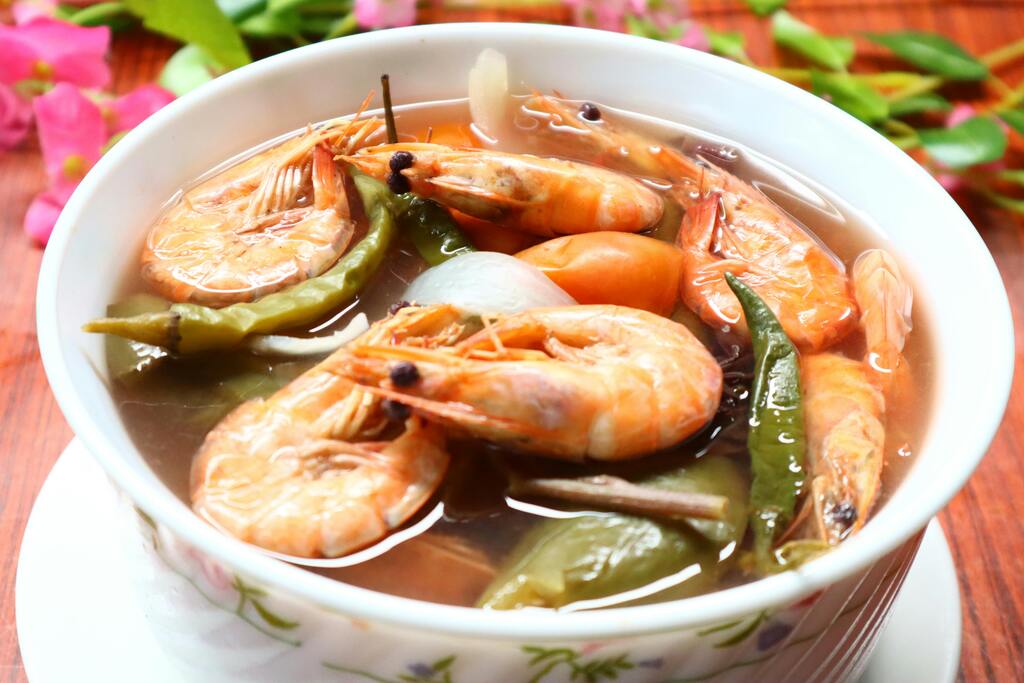
Lechon: The ultimate Filipino celebration roast
No Filipino fiesta is complete without a crispy-skinned lechon; the whole pig represents the bounty in Philippine food celebrations.
It is prepared hours before dawn, seasoned with lemongrass, garlic and other aromatics before slow-roasting over coals.
The most sought-after part is the mahogany, crackling skin, which must crack like glass with every bite.
In Cebu — the pinnacle of famous Philippines meals — the pig is stuffed with herbs and spices that imbue the flesh. Lechon sauce, made with pig’s liver, vinegar and spices, takes the rich flavours of this treat to a tangy new level.
The meat underneath the crispy skin is tender and juicy. That comes from the hours of slow roasting over a charcoal-filled pit with a rotating spit bar.
Lechon is the embodiment of Filipino hospitality and generosity. Families save for weeks to save up and slaughter one to celebrate an important event.
Kare-Kare: A rich oxtail stew in peanut sauce
A Filipino stew doesn’t get any more comforting than kare-kare. The oxtail and tripe-based stew comes with a mix of vegetables that includes banana hearts, eggplant and string beans, all served in a savoury and sweet peanut sauce that gives this Filipino dish its character. A bowl of kare-kare is often paired with bagoong, a fermented shrimp paste. The bagoong helps provide the salt-based balance for the heavy character given to the kare-kare by its peanut sauce counterpart.
Making an authentic kare-kare dish takes time and care. The oxtail tenderises from a low simmer, which can range from a couple of hours to half a day.
The peanut–toasted rice flour mix creates a smooth gravy and its mellow colour screams comfort food to any Pinoy who’s miles away from home. Kare-kare is another example of Filipino resourcefulness.
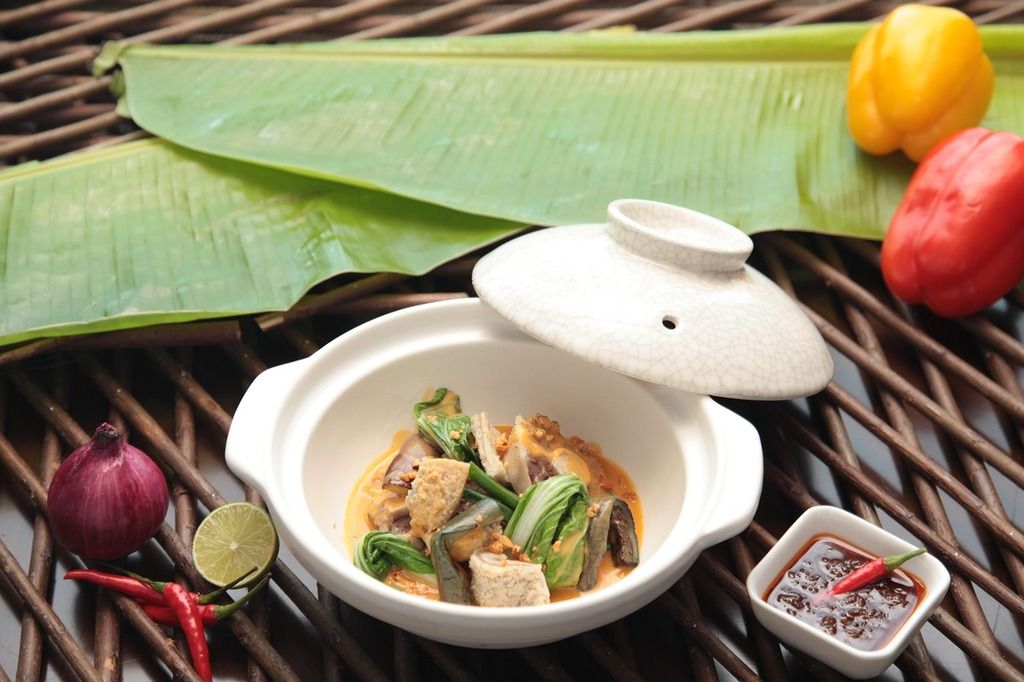
Lumpia: Filipino-style spring rolls
Lumpia is a perfect example of Chinese and Filipino cuisine history. These crisp crust spring roll appetisers are now deeply entrenched in traditional Filipino cuisine.
The filling is typically a mixture of ground pork, vegetables like garlic, onions, carrots and seasonings. Some versions contain shrimp or other shellfish.
Lumpia Shanghai is the most well-known version, with its thin cigar-like wrappers, best eaten with a dipping sauce of sweet chilli. Meanwhile, fresh lumpia is a healthier take, with its soft thin crepe envelope filled with veggies and meat flavoured with a sweet garlic sauce.
Making lumpia is often a family activity. This Filipino cuisine appetiser with crunchy wrapper and tasty filling is always a winning combination. You can never have just one.
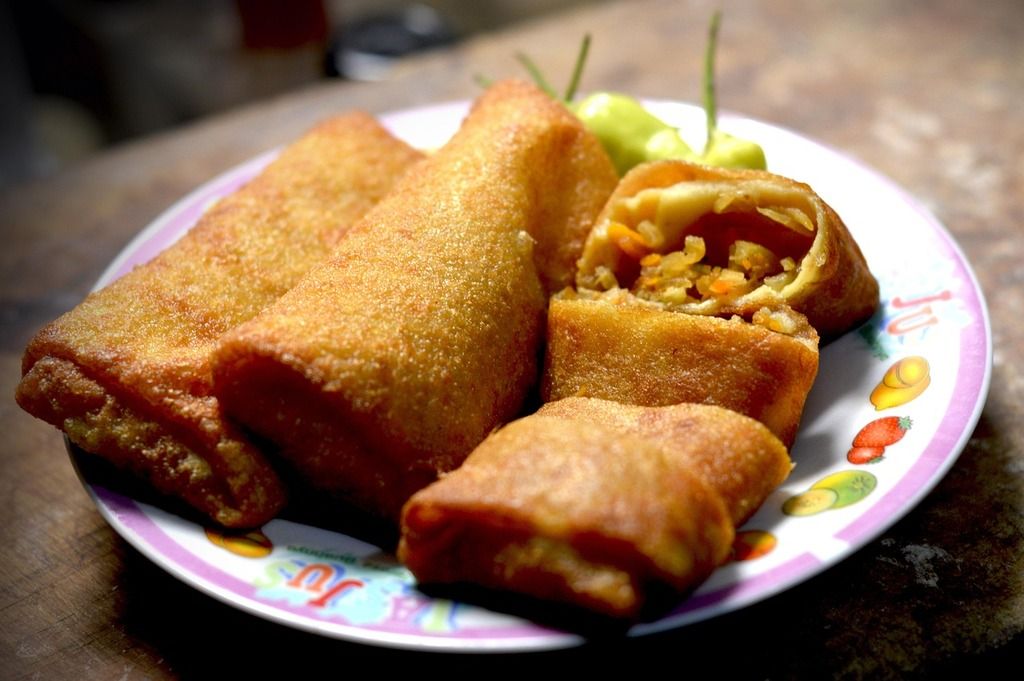
Pancit Palabok: Savory noodle delight
Pancit Palabok demonstrates the Filipino love for noodles. A shrimp sauce drenches rice noodles that are sprinkled with toppings.
The sauce gets its colour from achuete (annatto) seeds and its flavour from shrimp stock. It tastes of the sea, but only subtly.
What really sets Palabok apart, though, are the toppings. Chopped hard-boiled eggs, chicharrón, tinapa (smoked fish) flakes and green onions add a range of textures. A squeeze of calamansi juice perks up the entire dish. The sour element slices through all the richness.
The dish represents Chinese influence on Filipino cuisine while still claiming a uniquely Filipino identity. This is a staple at parties and happy occasions.
Every street vendor in the Philippines has their own version. They all have their own regulars who swear by their favourite guy!
Sisig: Sizzling chopped pork goodness
Sisig, a deliciously unassuming dish, is a famous Filipino cuisine. Ingredients like chopped pig’s face, ears and liver harmoniously come together in sisig.
The plate is hot and the mixture continues to cook even after it is served to you. The edges become super-crispy, while the inside stays soft and almost creamy.
Calamansi, onions and chilli peppers give it an acidic tanginess. More contemporary versions include mayonnaise for creaminess.
Sisig was invented in Pampanga, to make use of the entire pig and ensure no part was left behind. There are more modern iterations like tuna, chicken or tofu sisig.
Today, it’s equally famous as a pulutan (bar snack) and main dish. This humble dish is a testament to the adaptability of Filipino cuisine dishes. The combination of textures makes sisig irresistible — the crunchy bits mix with the soft morsels, made more delicious by the sizzle of the dish.
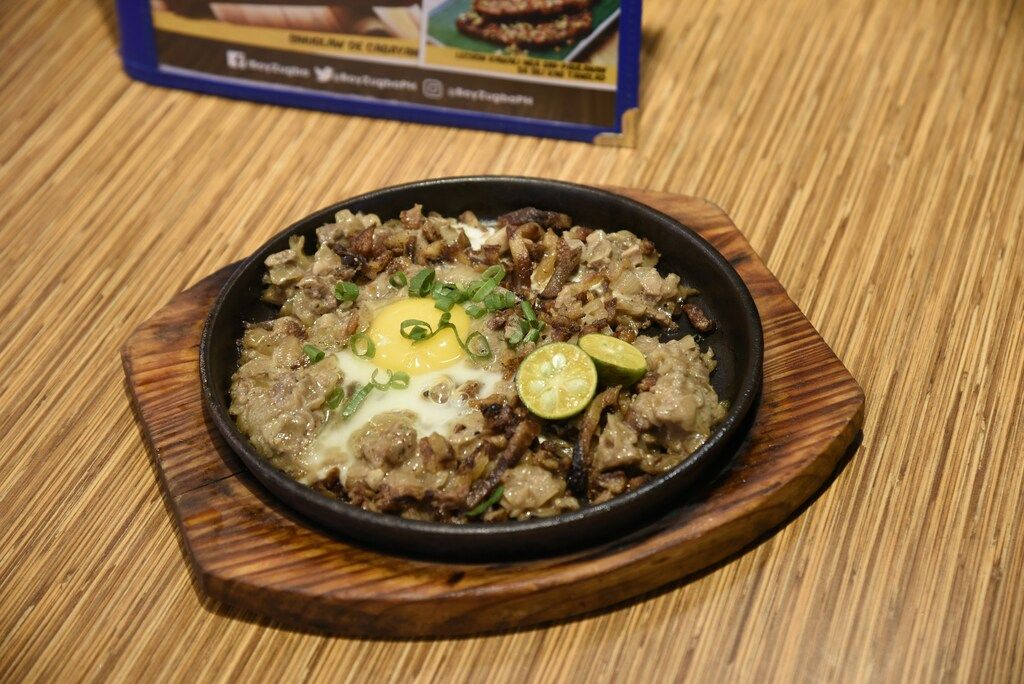
Halo-Halo: A colorful medley of sweet treats
The name “halo-halo” means “mix-mix” in Tagalog. This Filipino cuisine dessert is as fun as it sounds.
A tall glass filled with crushed ice, sweet beans, jellies, fruits and leche flan presents a riot of colours and textures. On top rests a crown of purple yam (ube) ice cream. The distinctive hue of the ice cream instantly identifies halo-halo.
Every spoonful gives you the perfect blend of flavours and crushed ice. Sweet, creamy and fresh elements are all in harmony. In the middle of a sweltering Philippine summer, nothing else will beat the heat!
Every region in the Philippines makes its own version of Halo-halo. Most will have banana slices, jackfruit, macapuno (coconut sport) and kaong (sugar palm fruit).
Halo-halo is the Filipino cuisine dessert of opposing yin-yang textures and flavours in a glass. It is a party in a cup! Some historians say that halo-halo has its origins in Japanese kakigōri. But it took on Spanish American influence through the years.
Popular dishes in the Philippines have their own variations in their respective regions.
Bibingka: A festive rice cake
Christmas in the Philippines means the sweet scent of bibingka being cooked in clay pots. The rice cake is the essence of Filipino holiday cheer.
They steam the batter with coal over and under the clay pots. This, together with the banana leaf lining adds a nice aroma.
Salted duck egg and cheese toppings balance the sweetness. A few brushes of butter and a sprinkle of sugar add the final touch.
Bibingka being revered in Filipino Christmas tradition is synonymous with “Simbang Gabi” or night masses. You can buy them from vendors outside churches.
The cake’s spongy yet chewy texture with burnt edges makes it a highly demanded cuisine of the Philippines during special occasions.
Traditional methods of preparation make bibingka delectable because of the slightly charred and smoky whiff coming off the cake. Today’s oven can never produce the same effect.
Regional variations might include cassava in place of rice flour. Every version expresses cultural roots in communities.
Champorado: A chocolatey rice porridge
Champorado is a Filipino breakfast that highlights the cuisine’s flair for innovation. It’s a chocolate rice porridge made with humble ingredients and proves that the locals can make an exalted dish out of anything.
Malagkit (glutinous rice) is simmered with tablea (small native chocolate tablets) until it becomes viscous and aromatic. The effect is thick and filling.
For most locals, a drizzling of condensed milk or evaporated milk on steamy chocolate is in order. It adds a creamy sweetness that goes well with the bitterness of the chocolate.
What a lot of people don’t know is that champorado is supposed to be paired with dried salted fish. The salty and sweet juxtaposition is a hallmark of Filipino food cuisine.
Whether a breakfast or an afternoon snack, the rice porridge provides a comforting warmth.
Champorado originates from Mexico and during the Spanish colonial era, the dish was brought to the islands. The Philippines then adjusted the dish with its local ingredients.
Few foods can match up to a steaming hot champorado on a rainy day. And with this intimating dish, we see the genius of the Filipino and his capacity for culinary ingenuity.
Traditional tablea chocolate is made from fresh cacao beans that are locally sourced. Today, artisanal chocolate makers reinvent it and produce premium versions of gourmet champorado.

Savor the flavors of the Philippines with a group tour
A food trip around the Philippines is a fun way to get to know the country and its culture, a bit more intimately. To fully experience what these flavours mean and where they came from organise a tour that combines cuisine with culture. Embark on a group tour to the Philippines to savour this mouth-watering Philippine cuisine and see the best of the heart and soul of each region.
Manila food markets, cooking classes in Pampanga and beachside barbecues in Cebu all await you. Every single meal is a cultural experience.
A local guide can help you discover the best Filipino cuisine places where you might find the most memorable meals. This is where you find truly transformative Filipino delights: at local favourites down the road!

